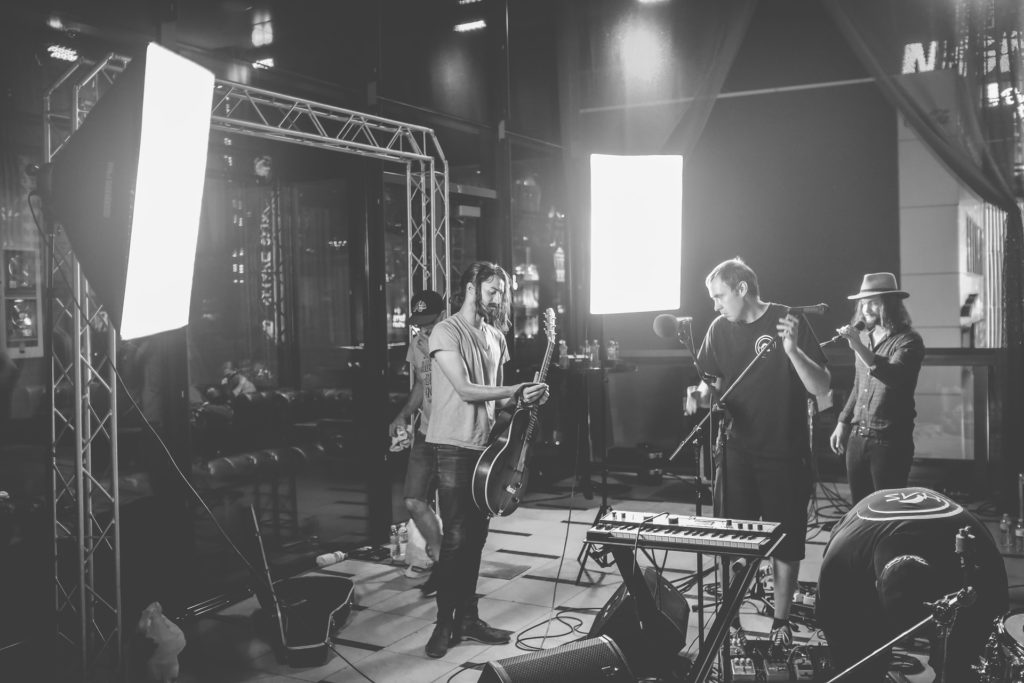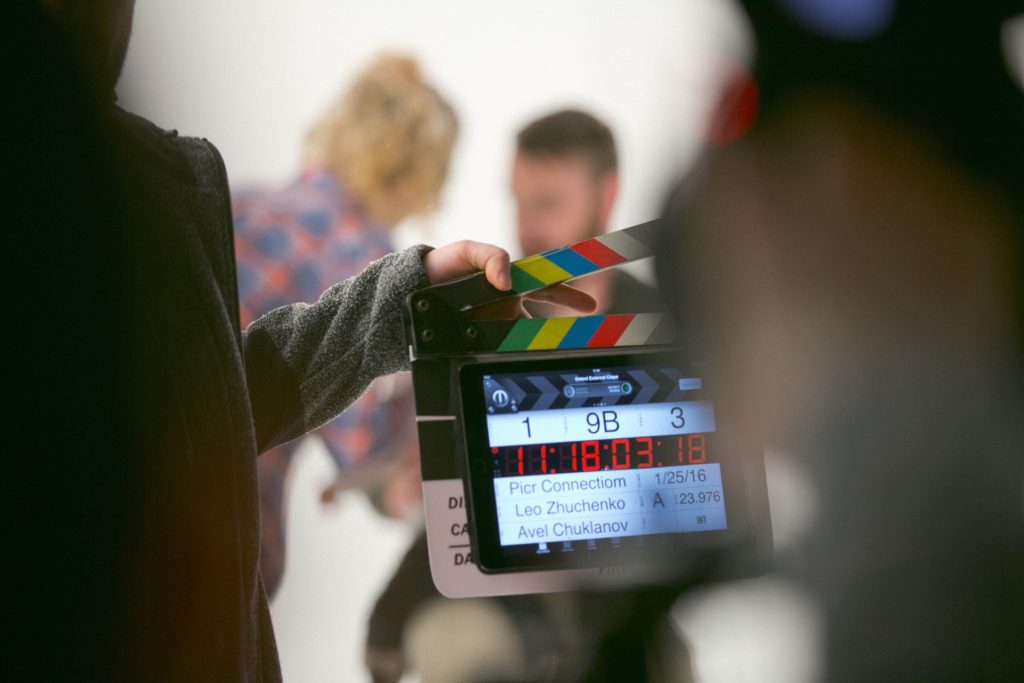Are you an independent filmmaker working with a micro-budget or low-budget film? You don’t want your film to look low-budget or have poor production value. We’re here to help with some tips to increase your film’s production value without going over budget.
There are plenty of great ways to increase the design and look of your film on a do-it-yourself budget. If you’re looking for some funding to get started, you can win up to $10,000 by submitting a one-sentence pitch to our funding opportunities.
First, we’ll go through an overview of what production design is and how to become one. If you already know all about production design, you can skip straight to the tips.
What is Production Design?

Production design, according to the New York Film Academy, or more specifically, the production designer, is the head of the art department. The production designer is in charge of making sure each shooting location is perfect, prepared, and on point with the vision of the film. Your locations, sets, costumes, lights, etc. all work together to create a world on screen, and this world is a crucial part of telling your film’s story. How realistic or believable the world of your film is is called verisimilitude.
The production design in movies can sometimes go unnoticed if it’s really good. The goal of production design for the screen is to build a realistic world for the character to live in. And if production designers do their jobs correctly, audiences won’t even know they’re looking at a set. This is why production design is important for the realism of any film.
How to Become a Production Designer

If you think you might be interested in being a production designer in film, there are lots of great ways to get into the art of world-building.
If learning from home and on your own time is better for you, there are lots of great production design courses you can take online. These might be ideal in the time of COVID-19 as well.
If you learn best in an academic environment, there are lots of schools that offer production design degrees. This Hollywood Reporter article highlights some programs offered at NYU Tisch, SCAD, and UCLA as well as other colleges with production design and development degrees.
Art Department

A production designer by definition is the head of the art department but what is the difference between a production designer vs an art director?
From Study.com ‘Production designers and art directors both work with art concepts. The major difference between the two is that production designers, like graphic designers, work on the creation of the idea. Art directors work with clients and design teams on the project conception.
The same breakdown is true for production design vs art direction which is more client-facing.
The production design department on a set can also be called the art department as production design and art direction go hand in hand when working on set.
How to do Production Design for Cheap (Without Looking Cheap)

We’ve gone over what a production designer does and how to start becoming one if you’re interested. But how do you get professional-looking production design if you don’t have the budget to hire someone?
Negotiate with Production Designer
We have lots more resources about how to make your budget work while working with production designers, including how to stretch your budget as a producer, and why budgets are important for art departments.
Sometimes working with a small budget means having to compromise some elements. And sitting down before filming with a production designer can help streamline your vision and budget.
Set Dressing
Never underestimate the power of a good art department in filming. One of the many production designer jobs is set dressing, but as the filmmaker, you can absolutely do it yourself.
Set dressing is the art of preparing the set with props and furniture to give it a correct appearance and make sure each item is in the correct position for each take.
By using your own props, or things you can borrow or rent, you can dress an elaborate set for little money and increase your production value. You can also buy props for cheap at second-hand stores like Goodwill or Salvation Army. A design that is heavy with unique props can really help add to the realistic world-building of your film.
We don’t necessarily condone this and it depends on personal ethics, but one strategy we’ve seen filmmakers use it to buy props and then return them after filming.
Avoid Rental Houses
Prop rental houses are often expensive and not worth the money. Instead, like we’ve said find the props second hand or use websites like Craiglist. Exercise caution when meeting with strangers to buy items but they can be a good option to find props without wasting your budget.
And if you buy the props yourself second hand you don’t have to worry about them breaking or getting damaged.
Locations

Another great way to get great production value on a low budget is to pick locations that already have unique character and charm. Instead of needing to supply all of your own props to a location, try to find one that already has all of the elements you want.
This can be hard, but if you find what you’re looking for it can definitely be worth it. For example, if your scene takes place in an Italian restaurant, find a classic Italian restaurant whose walls are already dressed and has character.
By filming in a real location instead of on a set or a location you made to artificially look like somewhere else, you can really increase your production value.
Craft the Story
When writing your script, it can be beneficial to think about choosing locations carefully. If you’re serious about getting your film made but don’t have access to some of the locations you’ve written about, it can be hard to make your film into a reality.
As much as possible, when writing, keep viable locations in mind. If you have a car or an apartment or house, try writing your film around those locations. It can help keep your production design costs to a minimum.
Fix It in Post

“We’ll fix it in post” is an old (and dangerous) adage, but sometimes with production design, it can be the cheapest and the best option. There are good free computer graphics programs such as Blender that you can download here. Production design and technology can go hand-in-hand. With the ability to render 3D spaces on the computer, set designing in post-production is entirely possible if you have the skillset or are willing to put in the hours to learn and practice.
If we look at the animation industry as an example, production design for animation has been happening since the beginning. You can take the tenets of what makes good production value and create it in animation software, like using Blender 2.8 with Eevee.
There is no one easy way to go about increasing your production value without increasing your budget. You’re probably best off using a combination of all of these methods when making your film.
But if you take on the role of production designer and make some do-it-yourself choices you can have great production value for a low-budget. If you’re looking for some more tips on how to stretch your film’s budget check out our other blogs.
And if you need help funding your film, check out our funding opportunities for the chance to win up to $10,000.